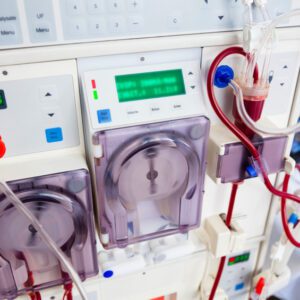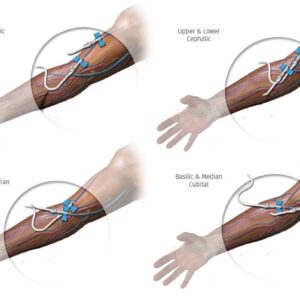Module 10 of Kidney School provides information about how to measure the effectiveness of dialysis treatments as well as how to recognize the signs and symptoms of inadequate dialysis. Because dialysis replaces only a small part of kidney function, getting the right amount of treatment is key to living long and living well. This module also explains the important elements of a dialysis prescription, how dialyzers differ from one another, and how dialyzer reuse affects treatments. The purpose of Kidney School Continuing Education courses is to enable the learner to better understand the medical and psychosocial impacts of end stage kidney disease, as well as patients’ experience of managing this chronic condition.
Objectives
After taking this course, participants will be able to:
- Explain the importance of each of the 3 parts of the hemodialysis prescription.
- Explain the importance of each of the 4 parts of the peritoneal dialysis prescription.
- Describe the lab tests used to measure dialysis adequacy.
Audience
Nurses and Dialysis Technicians
Contact Hour Approval
This continuing nursing education activity was approved by Medical Education Institute, approved by the California Board of Registered Nursing, Provider #CEP-17088, for 1 contact hour.
Accreditation for this course expires October 31, 2026.
It is the responsibility of the applicant to determine if these CE contact hours will be accepted by a particular licensing organization.
About Kidney School
All content for Kidney School is developed by Medical Education Institute and reviewed by a multidisciplinary team of experts and patients. Kidney School does not endorse any products, and use of Kidney School does not replace a patient’s need to talk with a healthcare professional about individual healthcare concerns and treatment options.
The Kidney School CE Planning Committee members are: Catherine G. Cox, RN, BSN, MS, Dori Schatell, MS, and Beth Witten, MSW, LSCSW.
Conflicts of interest
No conflicts of interest were disclosed.





